Recovery and recycling of packaging
Every packaging counts
Every packaging counts
One would agree to the saying “you are what you wear” and translates to some extend this also the packaging of commercial products. The truth is that beside creating eyecatchers to customers such packaging is essential to shield a product during transportation and storage as well as from environmental conditions. Which packaging material to be used shall be based on a conscious decision to balance the requirements of product protection, packaging appearance and environmental impact. One step to minimize the environmental impact of packaging is the maximization of packaging waste recovery and its subsequent recycling.

And the good news is - everyone of us can contribute to packaging waste recovery and recycling:
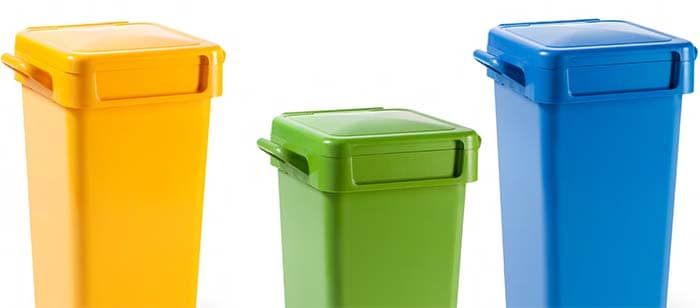
We as manufacturer are continuously exploring opportunities to use already recycled materials rather than virgin resources, to substitute materials which are difficult to recyclable or to reduce the dimensions of packaging.
As a consumer, having some simple actions in mind certainly makes the difference for a better waste management. Please check your local provisions on sorting the waste by material (e.g., glass, paper & cardboard, metals, plastics) and for composite packaging, please separate the different materials and dispose of them accordingly (e.g., paper and plastic).
For the interested reader, we compiled some EU-specific background information regarding packaging waste.
As “images and numbers say more than thousand words” let’s take at those:
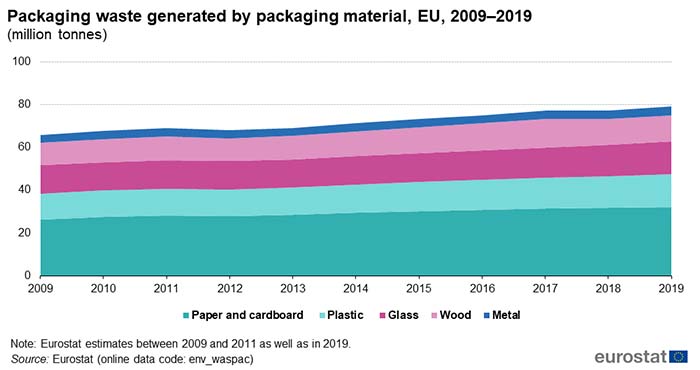
The trend towards packaging waste has been increasing over the past ten years. In 2019, the total volume of packaging waste generated was estimated at 79.3 million tons. In other words: On average, each inhabitant in the European Union generated 177 kg of packaging waste. Paper and cardboard (41 %), plastic (19 %), glass (each 19 %), wood (16 %) and metal (5 %) were the most common types of packaging waste in the EU.
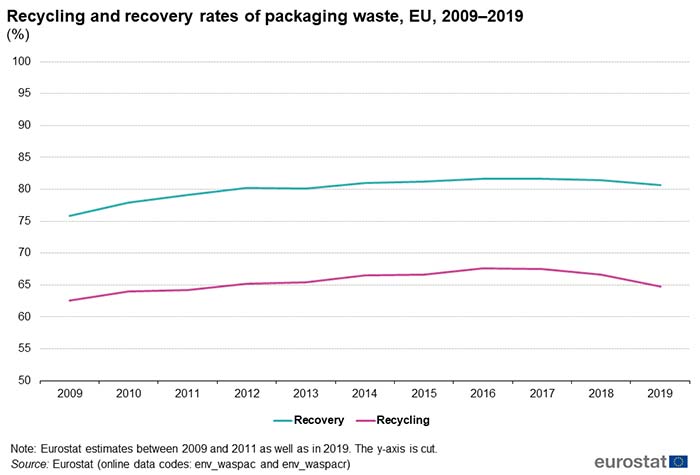
So, what happens to all that packaging waste? All EU member states have to adhere to a legal framework known as the Packaging and Packaging Waste Directive 94/62/EC. It mandates a steadily increasing total recovery rate and recycling targets for individual packaging materials. Currently, a total minimum recovery rate including incineration with energy recovery of 60 % and recycling targets of 60 % for glass, paper and cardboard; 50 % for metals; 22.5 % for plastics; and 15 % for wood have to be achieved. Those targets are increasing up to 70 % for the total minimum recovery rate and to recycling rates of 85 % for paper and cardboards, 75 % for glass, 80 % for ferrous metals, 60 % for aluminum, 55 % for plastics and 30 % for wood. From 2009 to 2019, the total recovery rate rose from 76 % to 81 %. The total recycling rate of packaging waste increased from 63 % to 65 % over the same period. The highest recovery rate has been achieved by Finland, whereas Belgium had the highest recycling rate.
As of January 1st, 2022, complementary information related to packaging material disclosure and waste sorting must be provided by Italian law (legislative decree no. 116 of September 3rd, 2020). We gladly provide this information by clicking on a product category below:
Discover more
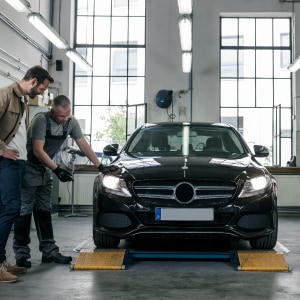
Automotive Support
Do you need a replacement Philips headlights for your car?

Where to buy
Purchase Philips Automotive products online or at a store near you
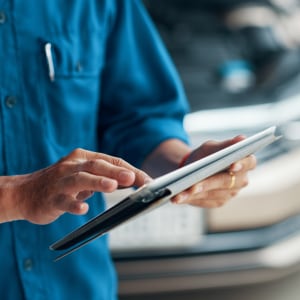
Automotive articles
Learn more about our Philips automotive lighting technology, innovation and solutions through our articles

